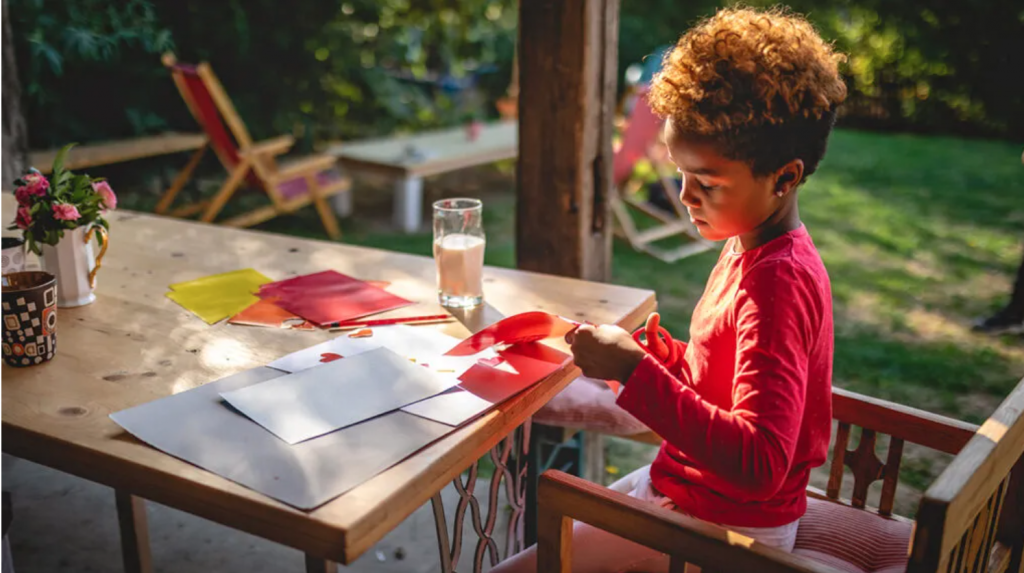Developing research is showing that children have an easier time navigating their environment when it’s predictable, and that unpredictable environments may affect their brain development and mental health. Predictability provides multiple benefits to growing children, one of which is establishing relationships with caregivers. Having a predictable routine with caregivers allows children to develop trust, and supports brain areas involved in emotional regulation. Child and adult brains thrive on predictable situations, as they provide us safe routines, whereas unpredictable events can be stressful. Here’s some tips on how to make your child’s environment more predictable to support their development:
- Develop a bedtime routine. Bedtime routines prepare the brain for sleep, and having a consistent, predictable set of procedures to complete ahead of going to bed makes it more likely for children to sleep successfully. Bedtime routines can be as simple as having dinner, washing up, brushing teeth, changing into pajamas, and then going to sleep.
- Eat as a family. Having a meal as a family provides children with the opportunity to connect and build secure relationships with their loved ones.
- Do something fun at the end of the week. Concluding the week with something fun, like going to the park, watching a movie, or having a Pizza night marks the end of the week and facilitates shifting to the weekend routine.
- Give your child a heads up before a transition occurs. It can be hard for children to transition between tasks, especially when they are engaged in a fun activity. Given how much children thrive off of predictability, let them know ahead of time the next task they’ll be transitioning to. This will make the transition easier since it gives a child’s brain time to prepare for another task.
- Let your child know about any changes in their routine. Following a routine all the time is unfeasible; sometimes, a change in a routine is needed when appointments, travel and the holidays come up. Changes in routine help children learn about how to be flexible and how to cope with change. Letting children know about any routine changes in advance can help them organize their emotions regarding the change.
Overall, developing routines with children supports their brain development and also helps them practice mental flexibility.
Kylie Robinshaw
UConn KIDS, Research Assistant
Read more here



